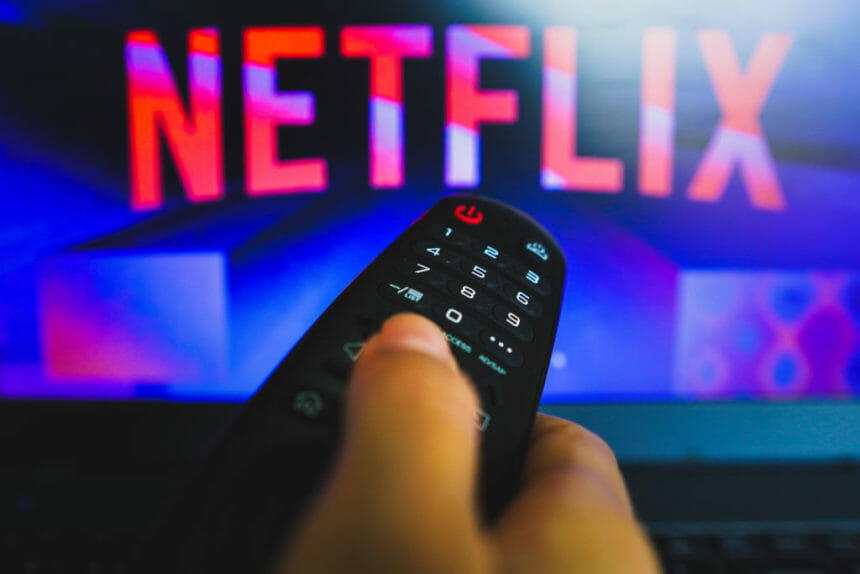Netflix will officially launch its ad-supported tier in November, marking an earlier switch for the platform than the expected launch date in 2023.
Following years of holding out from embracing ad-supported tiers and lauding itself as ‘commercial-free,’ the company will now follow in the footsteps of other large streaming services like Hulu and HBO Max.
Since the news about the decision came out, some pharma marketers have touted it as a massive opportunity — while others have expressed serious reservations.
Chuck Hemann, president of integrated activation at Real Chemistry, believes the healthiest way to approach the situation is to have a mix of both optimism and caution.
“Initially, I honestly had nothing but negative things in my head [about this launch],” Hemann admitted. “But then I started thinking — for healthcare marketers this might be a cool opportunity, because the one thing Netflix has going for it is that it’s firmly entrenched in everyone’s mind.”
Connected TV has long been ingrained in the cultural zeitgeist as the more convenient way to stream videos, shows and movies. In the absence of commercials on Netflix, healthcare marketers have been taking advantage of advertising opportunities on other streaming platforms.
One recent report released by DeepIntent found that viewers prefer CTV ads to traditional ones, with 65% of respondents saying targeted ads improved their watching experiences.
However, whether pharma marketers will be able to harness some of those advantages through Netflix’s new tier will depend largely on its targeting capabilities, Hemann said.
Among the potential downsides Hemann flagged, he noted that Netflix’s proposed prices are quite high. Netflix’s ad tier, which will be supported by technology from Microsoft, will charge advertisers about $65 per 1,000 viewers – known as cost per thousand (CPM). According to The Wall Street Journal, Netflix’s CPM is higher than what many other streaming platforms charge for ads.
At the moment, it’s also unclear whether there would be a third party measurement capability or if Netflix plans to have endemic targeting capabilities within the platform. Without those targeting capabilities, “we won’t know whether we’re reaching the patients and doctors with the messaging,” Hemann said.
“Is Netflix going to allow advertisers to do sophisticated audience-targeting and measurement?” Hemann added. “Because that’s what healthcare companies are going to want to see. They’re going to want to know there’s a good chance to reach patients or physicians.”
Still, he underscored the cultural relevance of Netflix as one of the biggest potential benefits for healthcare marketers.
Even though Netflix recently experienced a significant loss of subscribers — it lost nearly one million subscribers in the second quarter of 2022 – the company is still “one of the first that comes to mind” when discussing streaming platforms, Hemann said. That iconic brand name may spark the interest of healthcare marketers.
“There will certainly be some healthcare marketers who look at the diminished subscribers and therefore diminished potential impressions as a reason not to advertise there,” Hemann said. “But I would argue that the numbers are still large. Also, if you have the capability to target your audiences, it doesn’t matter whether or not Netflix loses 100,000 subscribers from quarter to quarter. You could still narrowly target whom you want to target.”
Netflix initially plans to provide 15- and 30-second ad spots as part of its new tier, which would pop up before or during some shows. The company also said it plans to maintain four minutes of ads for every hour of streaming, which is less than traditional TV and some other streaming services.
This, of course, is subject to change as the ad-supported tier launches on November 1.
“I would encourage people to take a wait and see approach because there has been so much talk about what they’re going to offer and not offer coming right out of the gate,” Hemann said.







